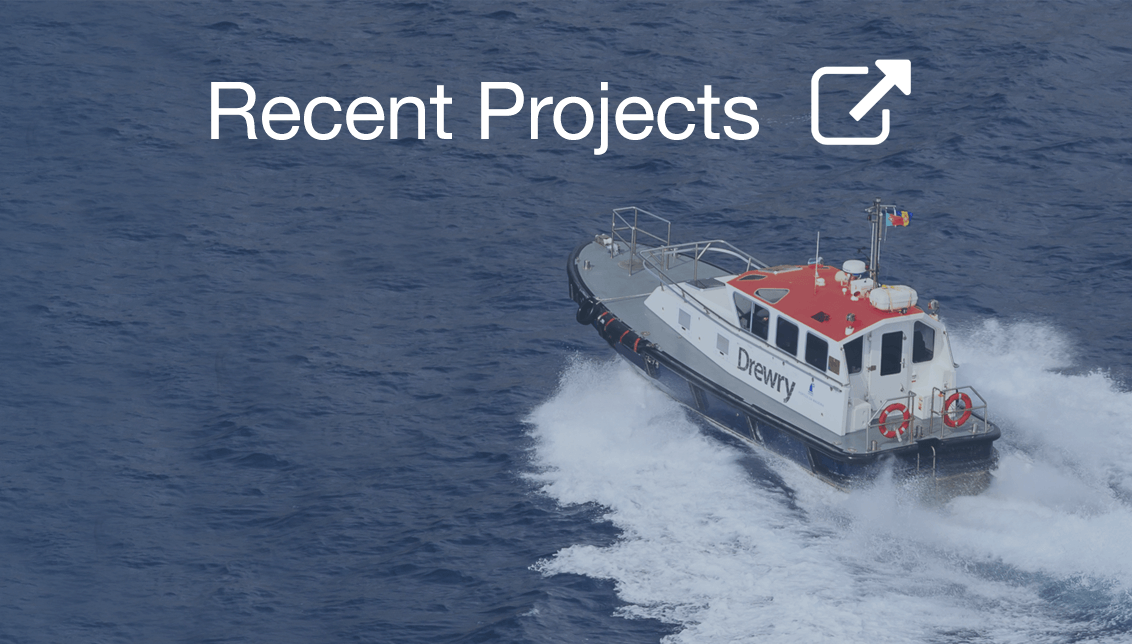Browse Products by Sector
Container ShippingContainer Equipment Assets
Ports and Terminals
Dry Bulk Shipping
Tanker Shipping
Gas Shipping
Specialised Shipping
Multimodal Transport
Logistics Management
Ship Operations and Management
Other popular areas
Browse subscriptions by Sector
Container ShippingPorts and Terminals
Dry Bulk Shipping
LPG Shipping
LNG Shipping
Crude Tanker Shipping
Product Tanker Shipping
Financial Advisory
Valuations
Drewry Financial Research Services Ltd is authorised by the UK Financial Conduct Authority (FCA).
Tanker transits - Changing lanes or trade strategies?
In the midst of the third month of escalating conflict in Yemen, there has been a significant redirection of tanker vessels, causing global trade and transport repercussions. The geopolitical tensions and conflict in the region have heightened concerns about maritime security, particularly given its strategic significance and the importance of critical maritime trade routes. The crisis in Yemen is affecting traffic through the Suez Canal, potentially leading to substantial costs for Egypt due to trade and transport disruptions.
The most recent trade data from Drewry AIS reveals a noticeable alteration in traffic patterns. Our investigation into oil tanker transit through the Suez Canal from early 2023 to January 2024 indicates a decline in the share of crude transit traffic, especially after November 2023.
Significantly, the change in vessel routes is a response to a surge in attacks targeting vessels in the region, prompting operators to adjust their voyage patterns. Vessels are opting for the Cape of Good Hope (COGH) route due to the affected area, resulting in a rise in tonne-mile demand and supporting vessel earnings. Although the levels haven’t increased as dramatically as seen after the invasion of Ukraine, persistent threats of retaliation from Iranian-backed forces suggest potential future disruptions to oil supply.
The Suez Canal serves as a vital route for north-bound crude flows from the Middle East to Europe and the US, as well as for diesel flows from the Middle East and Asia to Europe. It is also significant for the south-bound flow of Mediterranean and Black Sea crude and products to Asia.
Figure 1: North-bound tanker transits through the Suez Canal on a decline

Source: Drewry Maritime Research
Despite the longer route around the COGH, many vessel owners are choosing it over the Suez Canal, resulting in doubled voyage lengths and increased tonne-mile demand for tankers. Consequently, earnings for Suezmax on the AG-Med (TD23) and LR1 on AG-UK/CONT routes have increased 1.5 times in the past three months.
Figure 2: West-bound transits through Cape of Good Hope on the rise

Source: Drewry Maritime Research
Our analysis indicates that, in case of crude tankers, the high transportation cost via COGH may lead to a shift in trade patterns if this situation persists. European buyers might increase crude imports from Latin America and the US, thereby reducing tonne-mile demand for Middle Eastern crude by 20% and impacting freight rates.
For product tankers, European buyers may attempt to replace Middle Eastern and Asian diesel with alternative sources. However, due to a likely decline in US refinery runs, increasing imports from the US may be limited. We believe that European imports of Middle Eastern and Asian diesel oil, which rose after EU sanctions on Russian diesel oil, will not significantly decline this year. Product tankers are expected to continue benefiting from extended voyages as long as the Red Sea crisis compels owners to avoid Suez Canal transit.
For more industry insights, subscribe to our Crude Tanker Forecaster and Product Tanker Forecaster reports.
Return to...
Key Contacts
© Copyright 2024 | Drewry Shipping Consultants Limited. All Rights Reserved. Website Terms of Use | Privacy Policy



